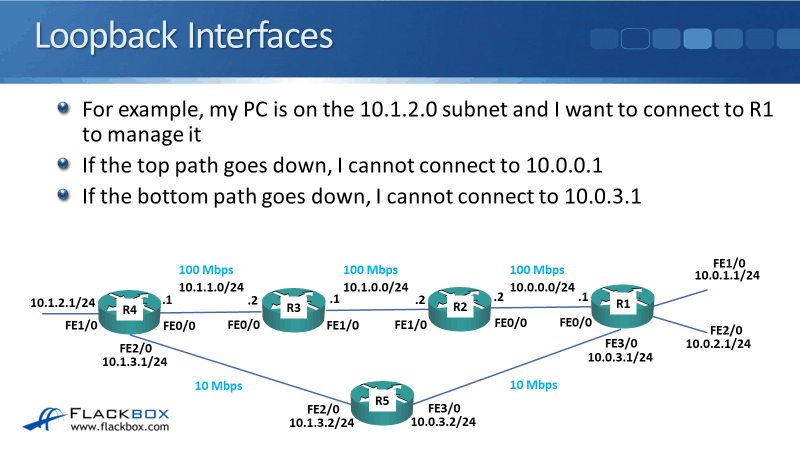

So it is valid, but has a meaning that may not be appropriate (and thus treated as not valid) for particular circumstances. The all-zero value does have a special meaning. Once parsed and converted to workable numeric form, then its value determines what happens next. So it should parse as valid wherever an IP address in traditional dotted-decimal notation is expected. Source: IP Reserved, Loopback and Private Addressesįor more information see the Ask Ubuntu question: What is the Loopback Device and How do I Use it?Ġ.0.0.0 is a valid address syntax. 127.0.0.1 is the address most commonly used for testing purposes. Since the lower layers are short-circuited, sending to a loopback address allows the higher layers (IP and above) to be effectively tested without the chance of problems at the lower layers manifesting themselves. The purpose of the loopback range is testing of the TCP/IP protocol implementation on a host. If it is Whole Class A, What is the Point of Other Arbitrary Values for the Last Three Octets? No datagram sent to a network 127 address should ever appear on any network anywhere. The class A network number 127 is assigned the loopback function, that is, a datagram sent by a higher level protocol to a network 127 address should loop back inside the host. Source: 127.0.0.1 – What Are its Uses and Why is it Important? The loopback construct gives a computer or device capable of networking the capability to validate or establish the IP stack on the machine. Establishing a connection using the address 127.0.0.1 is the most common practice however, using any IP address in the range of 127…* will function in the same or a similar manner. The same convention is defined for computers that support IPv6 addressing using the connotation of ::1. The address is used to establish an IP connection to the same machine or computer being used by the end-user. If a host has two IP addresses, 192.168.1.1 and 10.1.2.1, and a server running on the host listens on 0.0.0.0, it will be reachable at both of those IPs.ġ27.0.0.1 is the loopback Internet protocol (IP) address also referred to as the localhost. In the context of servers, 0.0.0.0 means all IPv4 addresses on the local machine. In the context of a route entry, it usually means the default route.

#Loopback address professional
He has been repeatedly awarded Most Valuable Professional (MVP) status by Microsoft for his outstanding contributions in supporting users who deploy Microsoft platforms, products and solutions.

#Loopback address windows
Mitch is a widely recognized expert on Windows administration, networking and security and has written 14 books and over a hundred articles on various topics. Prior to starting his own company in 1998, Mitch worked as a Microsoft Certified Trainer (MCT) for Productivity Point International.

Mitch Tulloch is President of MTIT Enterprises, an IT content development company based in Winnipeg, Canada. The loopback address on an IPv6 network however is 0:0:0:0:0:0:0:1 which is abbreviated as ::1, so if you want to test your network interface in Windows Vista where IPv6 is enabled by default, you can type ping ::1 instead. One familiar address in IPv4 is the loopback address, which is typically used for testing whether your network interface is working by typing ping loopback or ping 127.0.0.1 at a command prompt. All network administrators are familiar with IPv4, but as IPv6 migrations pick up in different parts of the world, the need for administrators to become familiar with IPv6 becomes important.


 0 kommentar(er)
0 kommentar(er)
